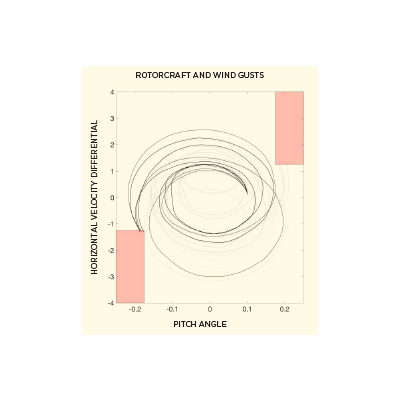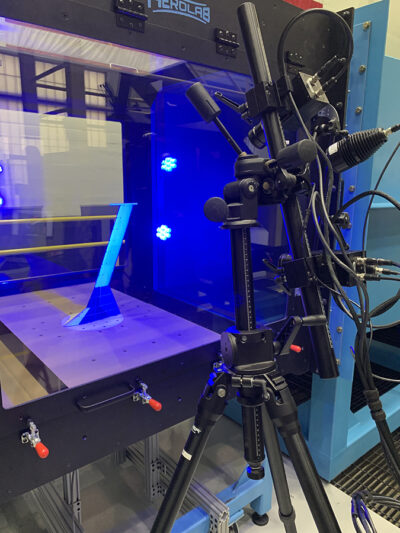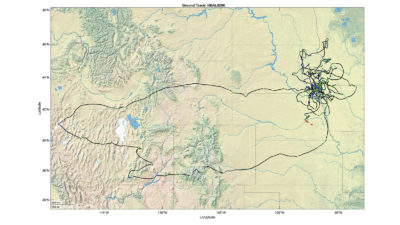Information and command and control systems play pivotal role in modern warfare
By Jimmie McEver and Ali Raz|December 2023
The Information and Command and Control Systems Technical Committee fosters a system-of-systems perspective on the conception, implementation, and sustainment of information and command and control systems in support of national security, aviation and space missions in public and private sectors.
This year saw the reinforcement and emergence of trends that have significant implications for the future of command and control. Work continues in the U.S. national security sector to develop advanced strategies and novel concepts for C2 in inherently joint (meaning cross service-branch), multinational and multidomain operations.
The U.S. Defense Department’s Joint All-Domain Command and Control, JADC2, strategy is one of the most prominent, complex and high-stakes efforts by the department to modernize the underlying foundations of information and command and control systems, IC2S. JADC2 aims to give joint force commanders rapid control of military assets and information across all operational domains (space, air, land, sea and cyber), regardless of the service that owns the assets and with the aid of artificial intelligence. The U.S. Government Accountability Office in January published a report, “Battle Management: DOD and Air Force Continue to Define Command and Control Efforts,” noting that the department has yet to release details, such as “which existing systems will contribute to JADC2 and what future capabilities need to be developed.” In July, the U.S. Army announced plans to modernize its communication networks to support the JADC2 program, while the National Defense Industrial Association held a special conference devoted to JADC2.
In operational matters, the war in Ukraine continued to yield insights for IC2S. The nature of the involvement of the commercial sector appears more direct in this conflict than has been observed in the past, particularly in the information technology and cyber aspects. Commercially produced drones and commercial off-the-shelf equipment made significant contributions to the Ukrainian warfighting effort. They have supplemented military C2 and intelligence, surveillance and reconnaissance systems and have brought to light the importance of interoperability across a wider range of systems.
One insight from Ukraine is that commercial providers can grow wary of providing services for warfighting, and this can create a dependency risk. Consider Starlink, SpaceX’s internet satellite megaconstellation. As the war unfolded, Starlink provided reliable space-based networking and internet connectivity for the Ukrainian people and the Ukrainian military response, even as the traditional communications infrastructure of the nation was damaged by the invading forces. This capability enabled the preservation of robust connectivity for Ukrainian forces, which was critical for their distributed and agile concept of operations but also created a source of risk — as demonstrated by Starlink’s denial of network use for a Ukrainian operation in Crimea, as described in Walter Isaacson’s biography, “Elon Musk,” published in September.
Nevertheless, Starlink’s performance highlighted the potential of new digital, network and AI-enabled modes of intelligence, surveillance and reconnaissance that integrate and synthesize data from multiple sources to create a situational awareness advantage. The constellation enabled citizens to report sightings of Russian forces via an app, and this information was shared with intelligence officials via a digital map, according to a commentary by Steven Feldstein on the “War on the Rocks” website.
Also, the experience in Ukraine has highlighted the attractiveness of C2 capabilities and command posts as targets for adversary action. Ukraine forces have damaged and displaced Russian C2 capabilities, forcing Russian C2 to be conducted increasingly from “standoff” range, impacting its effectiveness and responsiveness. Russian-sponsored cyberattacks attempted to disrupt Ukrainian commanders’ communications by targeting Starlink-enabled battlefield links. Maintaining agile and effective C2 in the face of kinetic and cyber threats will be a continuing challenge.
Events this year in Ukraine and elsewhere demonstrated the rapidly evolving landscape of command and control. Understanding and dealing with these opportunities and challenges will be a key focus of the Information and C2 Systems Technical Committee in the coming year.



































